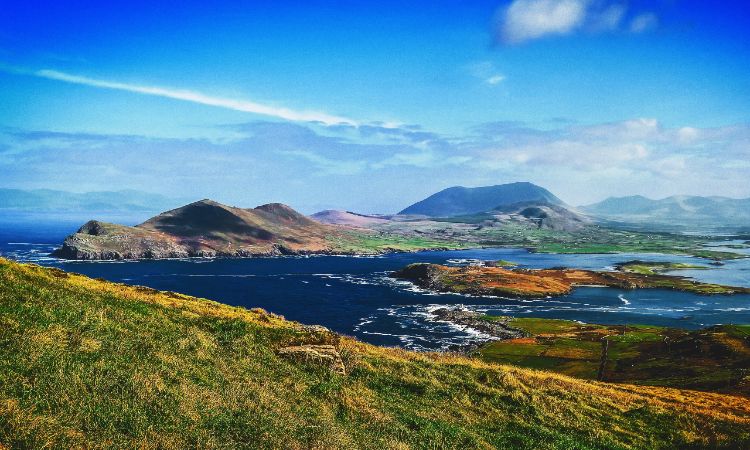A new study published in the Journal of Ecological Solutions and Evidence shows that the majority of tourist visits to environmentally protected sites across Ireland and Europe have no evident impact on the preservation of endangered landscapes, suggesting that the “conservation versus tourism” narrative is false.
The study, which used data from 6,000 groups visiting 47 sites along the Wild Atlantic Way, as well as from the European Commission, revealed that in 75% of cases there were no identifiable effects on the respective environments.
Despite positive data findings regarding tourist visitation, the research found that both tourist and recreational activity affects approximately half of all protected areas in Europe, and 58% of protected areas in Ireland.
Andrew Torsney, first author of the article and PhD candidate in College’s School of Natural Sciences, highlighted the minimal threat posed by large tour groups on protected sites, and their management as a deciding factor in their overall impact.
He said: “Large tour groups are typically well controlled and thus introduce minimal risk to the receiving environment, which exemplifies that any impacts are not driven by sheer numbers but by other factors such as mismanagement.”
Dr. Yvonne Buckley, senior author of the article and Professor of Zoology at Trinity, emphasised the correlation between the severity of environmental impact with the nature of activity being carried out on the site.
She said: “A third of all protected sites in Ireland are within 2 km of the Wild Atlantic Way…these results show that the majority of tourism impacts are likely due to the actions of a relatively low proportion of visitors undertaking high impact activities. By identifying the demographic and activity profiles that lead to impacts, we can better manage them.”
The authors claim that to achieve a Nature Based Tourism (NBT) industry with no environmental compromise, further policy making is necessary, in the acknowledgment of environmental concerns by decision-making bodies for tourism at both national and provincial levels.
Such regulatory measures could include the requirement of the submission of environmental visitor management plans to governing bodies or the introduction of licensing for enterprise or activities on protected sites.
Torsney concluded: “Overall, our research offers hope that we can strive for no impact nature-based tourism, and suggests that a widely held view that conservation and tourism cannot both flourish is false…there is a real chance to boost the economy, and the mental and physical wellbeing of visiting tourists while simultaneously protecting the environment and raising awareness of its importance.”
Future research in this area will focus on the varying impacts of different activities across a variety of landscapes, as well as behavioural analysis and study of visitor attitudes.






